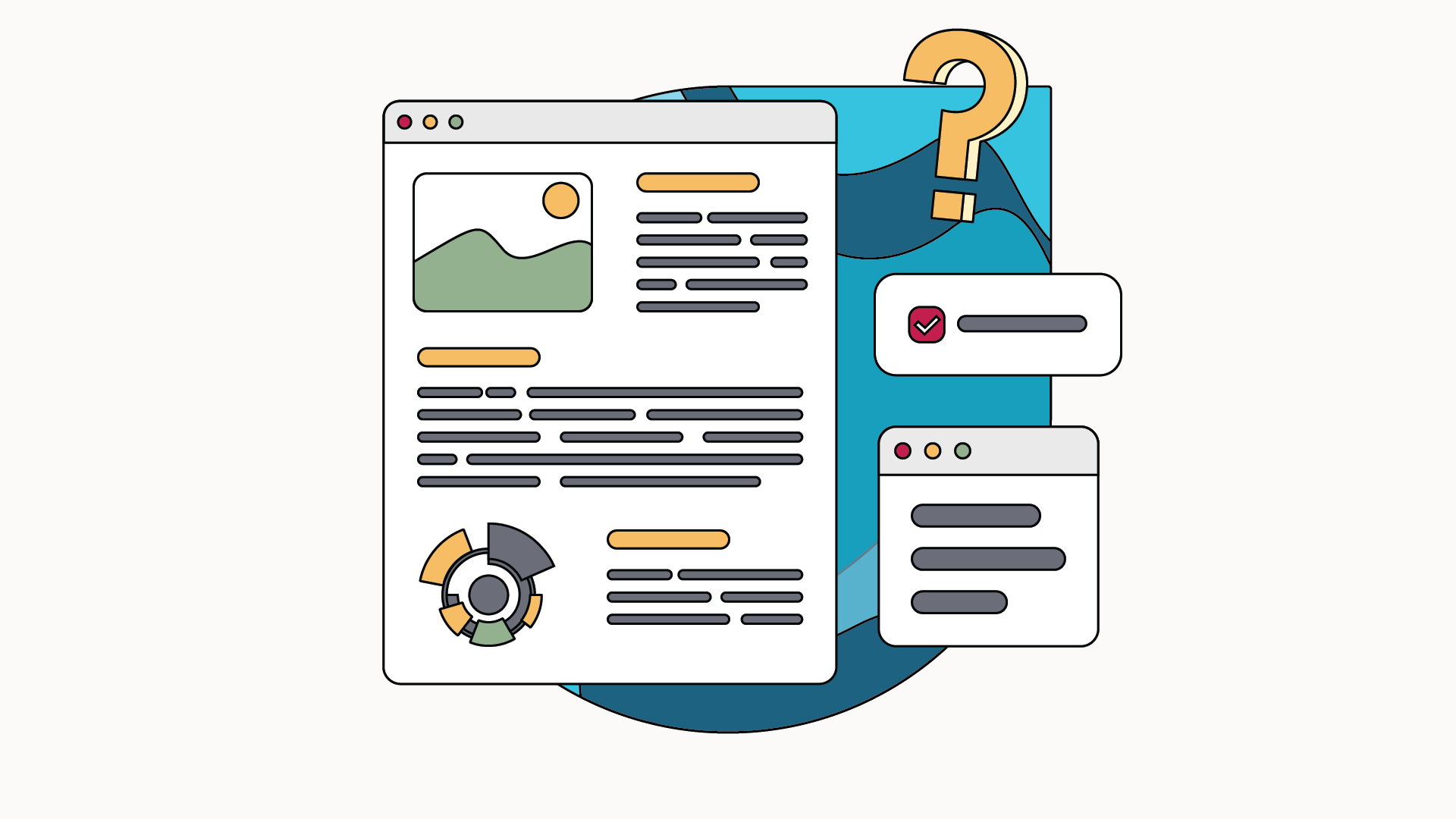Microlearning is an increasingly widespread form of learning. It is a training modality that is distinguished by its ultra-short modules. In fact, The contents of a microlearning course can be completed in less than 5 minutes. This type of training offers several advantages, both for trainers and for learners. However, there are many who still do not know what the real meaning of microlearning, or even its fundamental principles. Find out the basics of what you need to know on the subject.
Microlearning training: a question, an answer
Being a course rich in content, but quite short, it is necessary to identify a clear objective for microlearning to work. From this perspective, microlearning training should not be scattered to respond to several interconnected problems at the risk of affecting the quality of the content. On the contrary, it is essential that the content of the training answer a specific question. In this sense, it is necessary that the training subject be focused on solving a single problem that is clearly identified.
Microlearning: content available ATAWADAC
ATA - what? Don't worry, it's much easier to understand than to pronounce. Microlearning is a form of online training that works according to the ATAWADAC principle (anytime, anywhere, any device, any content). If you can't deny the microlearning success, this is because it is not subject to the same constraints as face-to-face training. Indeed, microlearning does not require training at a pre-defined time.
In this sense, learners can access any training content anywhere, anytime and from any terminal, offering them interesting flexibility. Moreover, as microlearning focuses on mobility, This type of training is part of the Bring Your Own Device (BYOD) approach, in other words, bringing your own device, adopted by a growing number of businesses currently. In other words, learners can learn whenever they want while using their own tools.
A training method that facilitates the science of learning
There are several techniques to optimize learning. The latter is in fact a science in its own right which is the subject of numerous studies and which falls under theandragogy, pedagogy for adults. With this in mind, in order for knowledge to be maintained over the long term, it is necessary to:
- One spaced repetition, in other words, the learner must learn a subject several times over a long period of time in order to deepen their memory;
- One recovery practice, In other words, the learner should improve their memory by using questions so that their brain can more easily remember certain information.
That's where the educational interests of microlearning. It combines all the techniques recommended by the science of learning to maximize the investment of time and effort in the training of employees. In addition, thanks to regular and solid progress (often rewarded through a gamification process), microlearning helps employees to have better self-confidence in order to help them make the best decisions when they are put in a situation.
Adaptable content
Microlearning is an effective training course because it is based on an empirical vision. In other words, microlearning courses are more focused on the practical and pragmatic part than on the theoretical part. Indeed, microlearning tends to solve one problem at a time, thereby helping learners to better assimilate the knowledge they need to solve a given problem. As a result, it is essential that the right formats and contents are integrated into the training plan so that learners can learn optimally. Several content formats are available for this purpose. As an illustration, it is possible to choose the video for training on the use of a new software to be deployed in the company.
Microlearning application examples
Microlearning is mainly used by companies to refresh or strengthen the knowledge and skills of employees. With this in mind, it can be presented in various forms such as simulations, scenarios or video tutorials. In addition, it is possible to use it regardless of the situation or problem that the company wishes to solve. For example, you can focus on microlearning when:
- Of the integration of new collaborators, with for example a company presentation or welcome video, an FAQ, etc. We then talk aboutDigital onboarding ;
- Of the compliance training, with an informational video or scenario-based activities;
- Of the software training, with screencasts or digital instructions for using the software in question;
- Of the relational skills training, with a short training video, an interaction based on processes or even on scenarios that include personalized sequences;
- Of the sales training, with short tutorials detailing the specificities of the products.




